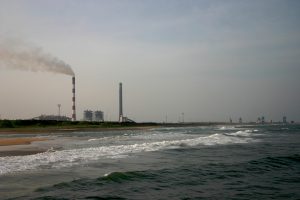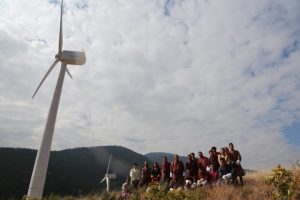China Development Bank (CDB) last year lent Venezuela a staggering US$10 billion – a third of China’s total lending to Latin America and the Caribbean – despite mounting risks of a sovereign default in the oil exporting state.
Chinese policy banks’ total lending to the region rose to US$29 billion in 2015, up by US$19 billion year-on-year, despite fears about Brazil’s prolonged recession and economic collapse in Venezuela, according to latest figures from the Inter-American Dialogue’s China-Latin America finance database.
The total amount disbursed is the largest in a single year since 2005. In 2010, Chinese state-owned banks lent the region US$35 billion.
Energy and infrastructure sectors received the most investment, with Venezuelan national oil company PDVSA receiving a US$5 billion loan tranche in order to ‘boost production’, the research says. PDVSA is already struggling to repay oil-backed loans as global prices slump.
Along with Venezuela, the focus of Chinese finance remains on fellow economic strugglers Brazil, Argentina and Ecuador.
Loans do little to assist top recipient countries, says Margaret Myers, China-Latin America programme director at the Inter-American Dialogue, who compiled the database with Boston University’s Global Economic Governance Initiative.
“Unfortunately, Chinese loans to Venezuela have not had much lasting economic benefit,” Myers told Diálogo Chino. “As the oil-rich nation nears default, China is increasingly aware of Venezuela’s economic and political perils.”
More of the same?
In addition to the vast direct transfers of cash to Latin American governments, China announced three new funds last year to support cooperation on industry and infrastructure. The largest fund, the China-LAC Industrial Cooperation Investment Fund, which holds US$20 billion, was announced during premier Li Keqiang’s visit to Brazil in 2015.
The fund was set up to upgrade Latin American industries and sends a positive signal that China may help to promote more sustainable growth in Latin America, which in 2015 centred heavily on continued development of the oil and gas sectors.
Whilst in Brazil, Li also signed a joint cooperation agreement on climate change with president Dilma Rousseff and Chinese companies, especially larger private ones, are “very interested” in the region’s renewable industries.
Big collaborative renewables projects are underway in Brazil and Chile and Li has indicated continued interest in cooperating on low-carbon industries in the coming years.
Wary of the increasingly risky profiles of top recipient countries, both China’s policy banks and the host countries themselves would benefit from further diversification in loan portfolios, the report suggests.
As “dramatic political changes” in the form of new, apparently more investor-friendly governments and legislatures sweep majorly indebted countries, Chinese bankers will be watching closely.
In an attempt to boost confidence in Argentina as a destination for foreign investment, new president Mauricio Macri, has pledged to review deals with China signed under his predecessor Cristina Kirchner.
Like Venezuela, Ecuador and newly-downgraded Brazil, Argentina has a strained relationship with international capital markets in recent years, leaving it with few places to turn for credit. But despite their high-risk status, the data suggests that Chinese policy banks show no sign of withdrawing their credit lifelines to these countries.
“The story would appear to be one of more—not less—Chinese finance, even in these uncertain economic times” the research concludes.







